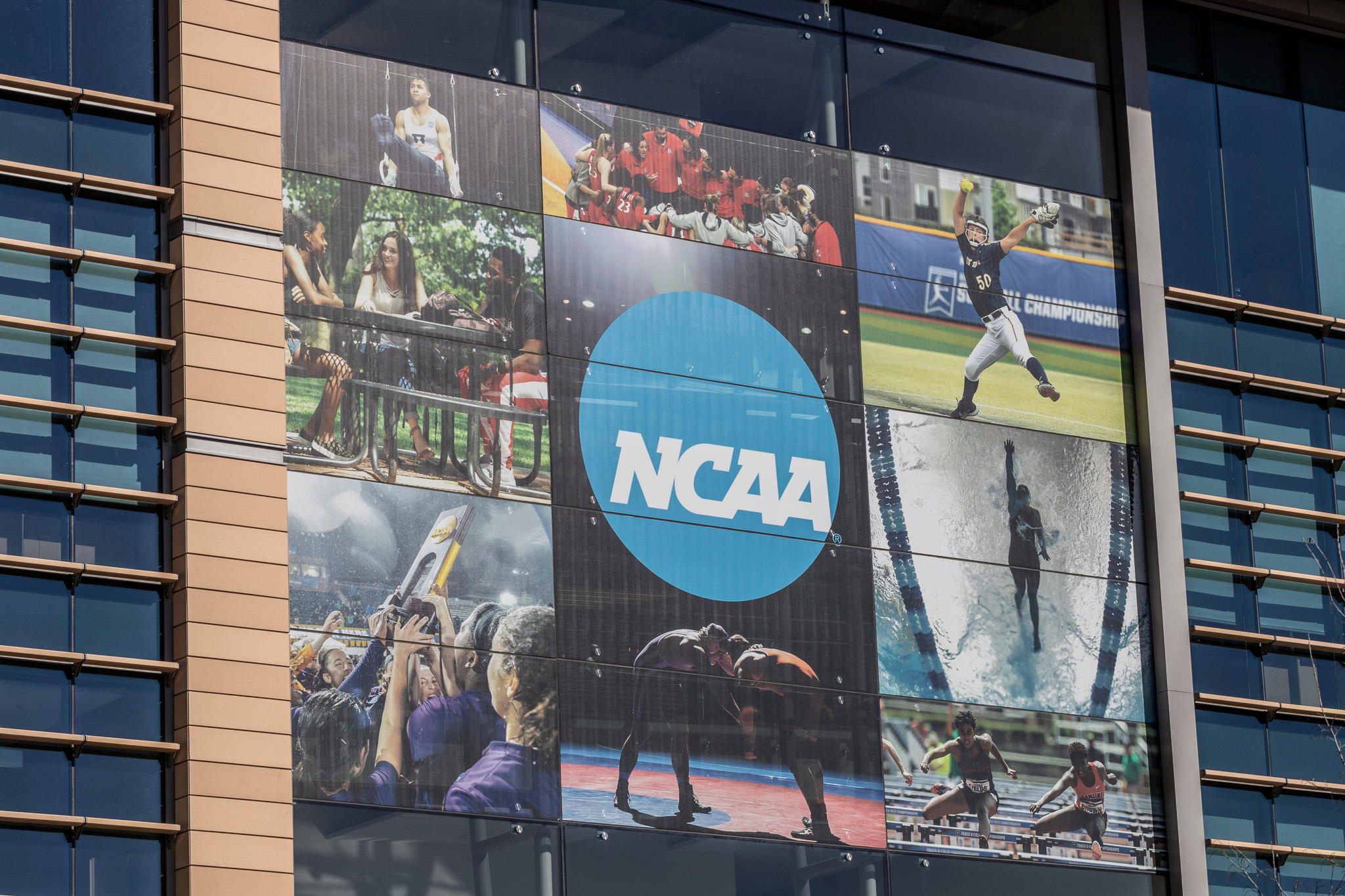The landscape of college athletics is undergoing one of its most significant changes in decades. Following a series of high-profile legal actions, most notably House v. NCAA and Carter v. NCAA; the NCAA, universities, and players have reached a settlement agreement that will allow direct revenue sharing with student-athletes. This shift not only alters the traditional amateur model but also changes the university landscape by raising complex compliance and tax considerations for higher education institutions.
The Changing Role of Student-Athletes
Historically, elite collegiate sports programs serve primarily as pipelines to professional leagues. Student-athletes often faced a choice between continuing their education or leaving early to earn income as a professional. With the recent court decision the traditional student athlete path has been altered, allowing students the ability to earn compensation while remaining enrolled. While the settlement represents a major policy change, it may also be the beginning of a broader transformation in how student-athletes are classified, compensated, and regulated.
The Unionization Question in Higher Education
Unionization is already well established in higher education. Around 30% of faculty are union members, compared with about 6% of the general U.S. workforce as of 2023. Student organizations and graduate assistants at some universities have also organized in recent years.
Now, new legislation has been recently introduced in the Michigan House of Representatives seeking to reclassify student-athletes as university employees. If adopted, this could open the door to collective bargaining on issues including wages, working conditions, revenue-sharing terms, and Name, Image, and Likeness (NIL) agreements. While the Michigan bill currently applies only within the state, there’s a distinct possibility that if adopted other states could soon follow—laying the groundwork to gain momentum nationally.
If student-athletes were to gain employee status or unionize, universities would need to address a range of employment law obligations:
- Wage and hour compliance under federal and state laws
- Eligibility and administration of employee benefits
- Workplace safety and injury protocols
- Expanded grievance and arbitration processes
These obligations would represent a significant operational and legal shift for athletic departments and university administrators.
Tax Implications: UBTI and Revenue Classification
For tax-exempt institutions, one of the most pressing questions is whether paying student-athletes will affect the tax-exempt status of certain sports programs. There are two potential outcomes:
- Maintaining Tax-Exempt Status: If the compensation is deemed closely related to the university’s educational mission, the program may retain its exemption.
- Generating Unrelated Business Taxable Income (UBTI): If the activity is determined to be unrelated to the educational purpose, some or all of the program’s income could be classified as UBTI.
The latter scenario would require athletic departments and their accounting teams to identify which expenses are directly connected to the revenue-producing activity. Because many costs such as facilities, staff salaries, and marketing are shared across multiple programs, allocating these expenses could be challenging and time-consuming. The allocation process itself could be burdensome, particularly for sports that already operate at a financial loss.
Financial Pressures and Strategic Considerations
While high-profile sports like football and basketball often generate significant revenue, many collegiate athletic programs are not profitable. Title IX compliance requirements also mean universities must maintain a balance of men’s and women’s sports, regardless of the revenue they generate.
If certain sports are identified as producing UBTI, the additional tax and accounting obligations, combined with the payroll costs of athlete compensation could put less-popular or non-revenue-generating sports at risk. In some cases, schools might consider restructuring or even discontinuing programs that cannot be financially sustained under the new rules.
The settlement marks a turning point for college sports, with implications far beyond the playing field. Whether through expanded employment laws, new tax classifications, or shifts in university budgeting, the financial and operational impact will be significant. For higher education institutions, the key will be to anticipate these changes early, establish strong compliance processes, and adapt financial models to a new era of collegiate athletics.
___________________________________
We highly recommend you confer with your Miller Kaplan advisor to understand your specific situation and how this may impact you.



